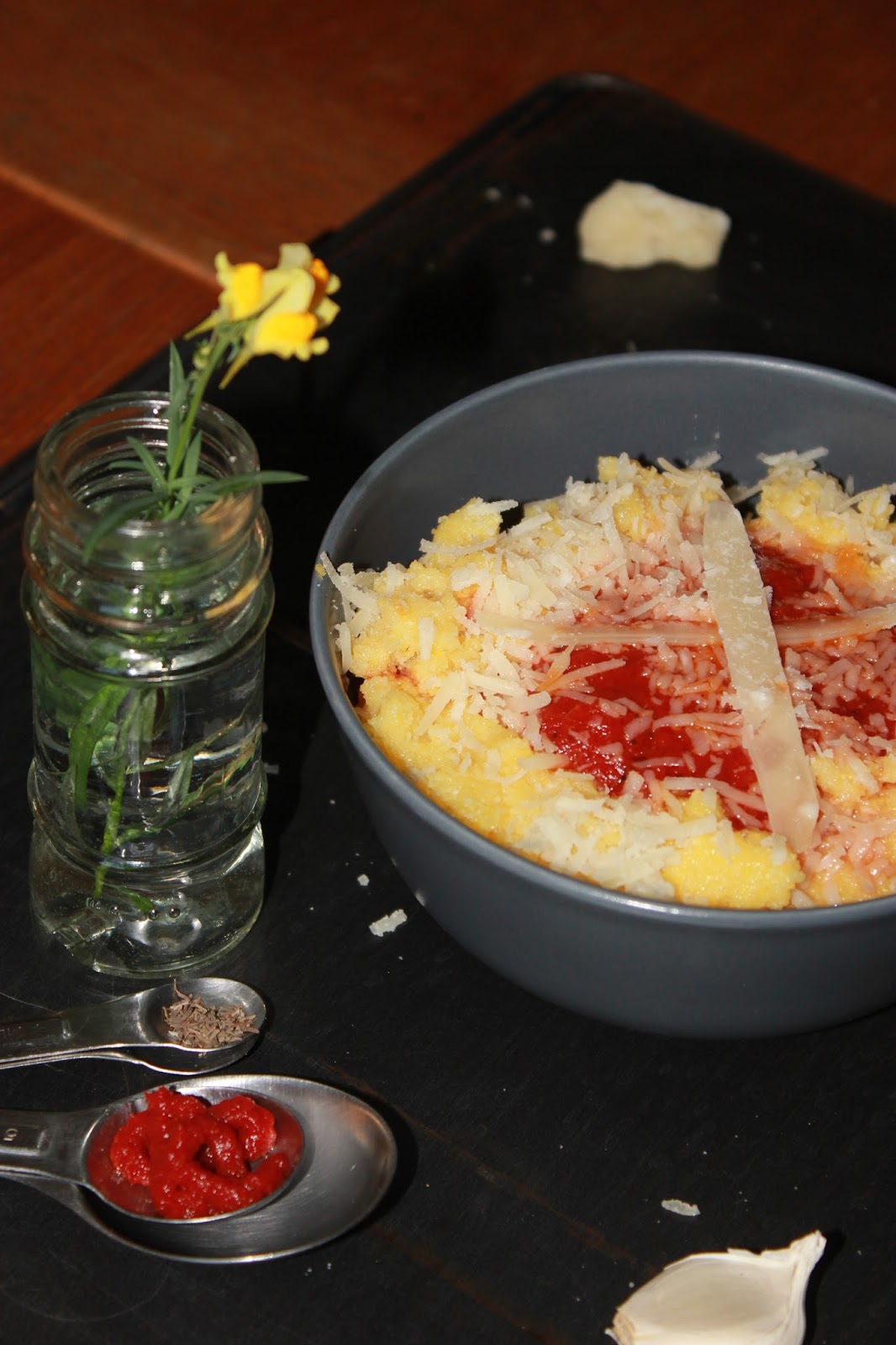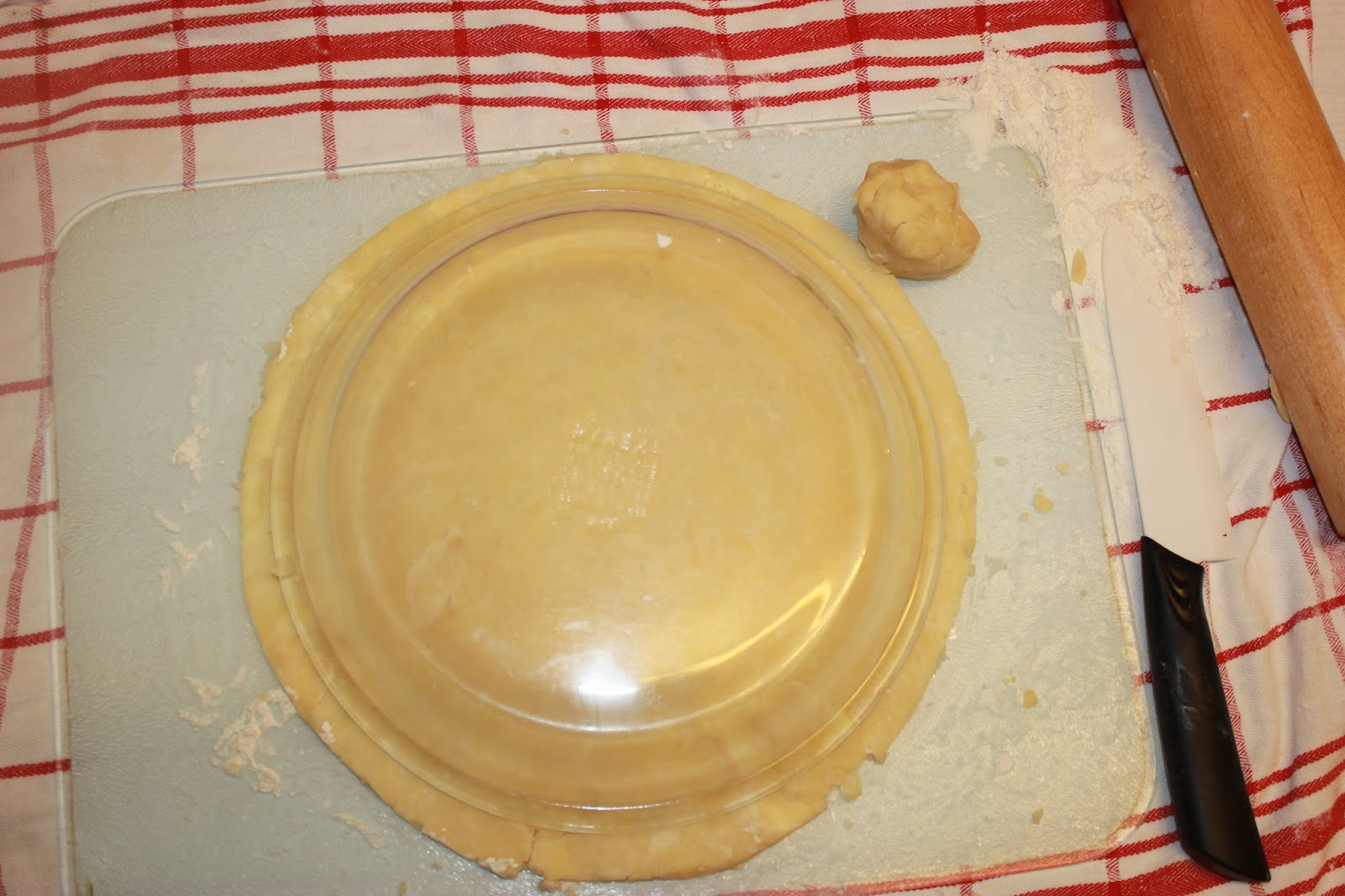This very special version of crespelle en brodo is taken from Ivonne's blog, Cream Puffs in Venice, and is a treasured recipe of her family. I first made this dish which originates from the area of Le Marche in Italy about six years ago when The Calm One was in Paris constructing huge mainframe computer mockups for a Renault TV commercial. A definite symmetry: he was erecting rectangular structures while I was building a pile of pancakes.
Supposedly way back when, an Italian chef working for a French household while making crêpes accidentally dropped some into a nearby pot of chicken broth. I, for one, am glad he/she did! Crespelle is usually made by rolling up herb-flecked, cheese-filled crepes and covering them with chicken broth or slicing unfilled ones into wide ribbons, pouring the broth over them and sprinkling well with cheese. This approach instead gives you a soaked-in-broth, quartered, plump stack layered with a mixture of Parmesan and freshly ground black pepper.
INGREDIENTS
makes thirty 6 inch or about fifteen 8 inch
crespelle, enough for a hearty lunch for two or a first course for 4
- Flour, white, plain, all-purpose, 16 fluid ounces
- Water, tepid, 14 fluid ounces
- Eggs, large, at room temperature, 8
- Parmesan, freshly grated, 16 fluid ounces
- Pepper, black, freshly ground, 1-2 tsp (if you adore black pepper and can never get enough of it then go for the full dose!)
- Broth, chicken, homemade, (recipe here), reduced enough that it forms a jelly when cold, if not available, then the best that can be bought, around 32 fluid ounces, less if the crespelle are stacked snugly in the pot
- Vegetable oil for the skillet, I used olive oil.
These are much less delicate than the French version because of a greater proportion of eggs and the substitution of water for milk. In a large mixing bowl, blend with a wooden spoon the flour and the water into a thick but still lumpy batter. Then whisk until smooth. Continue to whisk, incorporating a few eggs at a time...
... to get an unctuous consistency like that of rich cream.
For each crespelle, you will need to grease an already hot skillet. To do this safely, use a wodge of paper toweling, making sure you keep it safe from any water contamination. I had placed mine first on a counter invisibly spotted with water. The sizzling that resulted probably was heard down the block!
 |
| Cup of olive oil and greasing towel wisely secured on a dry plate |
Heat a heavy-bottomed skillet till very hot. Test by carefully dribbling a few drops of water which should dance if the pan is ready to receive the first crespelle. Lower the heat to medium. Then spread a thin film of oil via the paper towel. For an eight-inch skillet, ladle a scant 2 fluid ounces/60 ml of batter into a small measuring cup. While pouring, swirl the pan around to get an even coating. If you miss some spots just dribble a bit of batter on those. Feel free to experiment on a few to get the technique down and to arrive at the right amount of batter for your pan. I did, and ate right away a couple deemed too thick! Cook for about two minutes.
Flip it over without any additional greasing and cook for another two minutes.
Pile them on a plate as you make them.
 |
| I keep the spotted side up because I think it's prettier! |
Mix the black pepper and grated cheese together.
Using a suitable, lidded container, like a deep, stainless steel skillet or a round, ceramic pot, place the first crespelle, spread a heaping tablespoon of cheese on it, and repeat until they are all nicely layered. Do not put cheese on the very top at this stage. Quarter the stack, checking that all four pieces are truly separated from each other.
Carefully ladle the hot broth until it reaches the top one which does not need to be completely doused in liquid. Sprinkle on the remaining cheese. Once the lid is on, a magical transformation will happen during the next ten minutes. The sturdy crespelle will absorb the broth giving them the texture of scrumptious egg noodles while the cheese melts and the black pepper is encouraged to impart fully its trademark pungency.
Place a quarter in a soup plate and spoon some broth over it. Any extra can be kept on the table in a pitcher. Additionally leftovers can be reheated easily in it.
 |
| An exceptional first course or in my case, a wonderful lunch! |
Elegance often embraces simplicity, and this dish has that aspect in abundance, reflecting what regional cuisine frequently does so well; with just a few ingredients, but with those that the chef are most familiar, that is, the best, the freshest, often local therefore ensuring the appropriate technique is chosen, an unassuming recipe is made that is memorable.
Dirac the kitten's gymnastic training continues at a nice clip. Since he is self-coaching, he often makes executive decisions that we wouldn't. The rocking chair gifted to me such a long time ago by a New York City roommate has been chosen to be Dirac's main work-out area. Additionally, he has decided it makes a great scratching post!
 |
| We think Dirac is trying to do push-ups on a decline |
À la prochaine!
RELATED LINKS
Regional cooking, Abruzzo style




























































